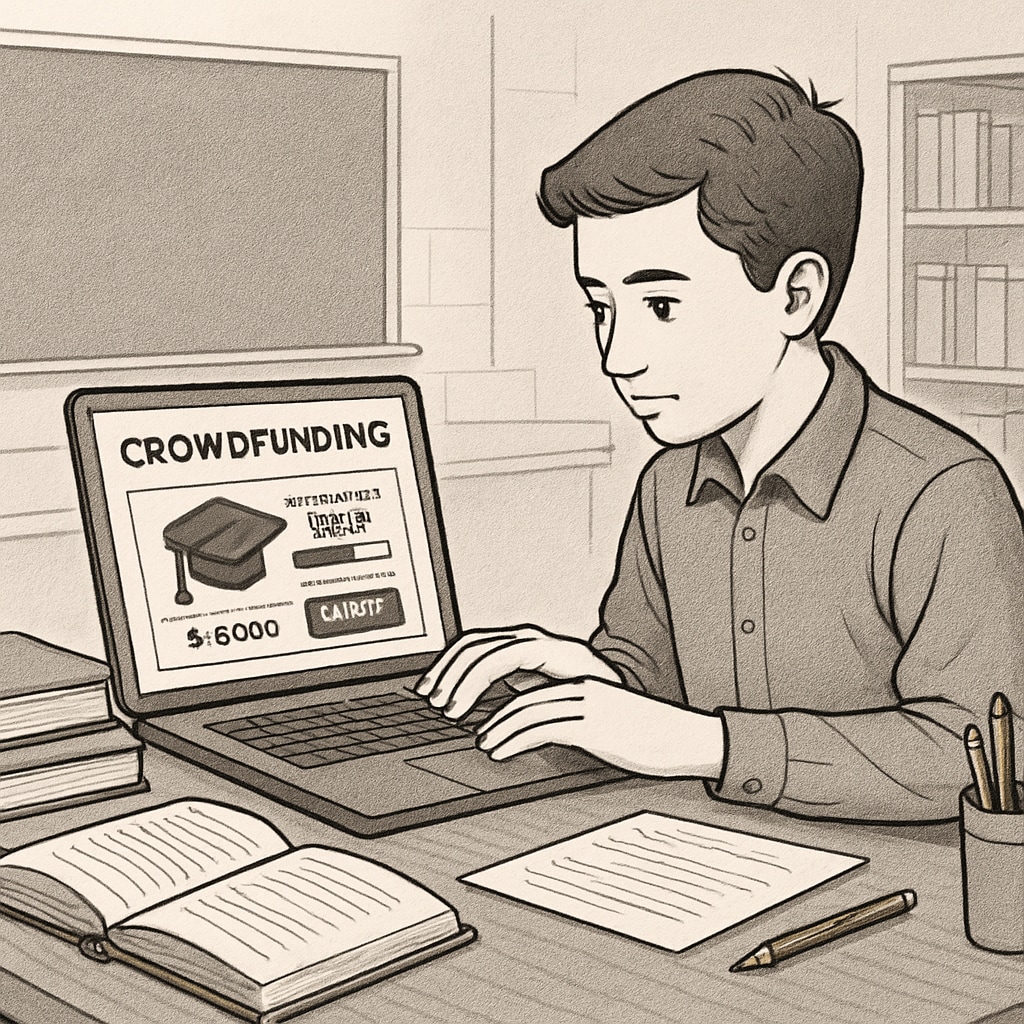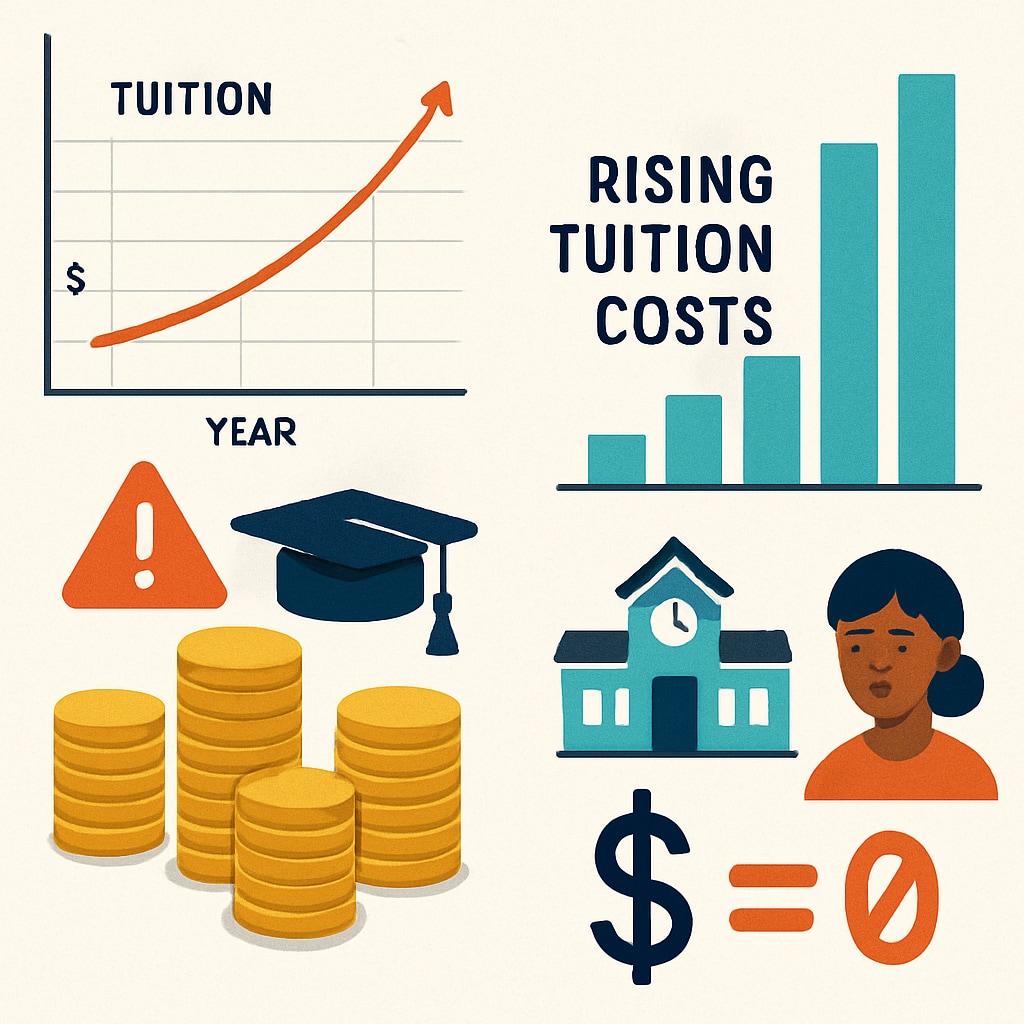Tuition fees have become a significant burden for many students, especially those from economically disadvantaged backgrounds. As the cost of higher education continues to rise, crowdfunding platforms are becoming a popular avenue for these students to seek financial support. But can crowdfunding truly address the systemic issues surrounding educational inequality, or is it merely a temporary solution? This article delves into the growing practice of education crowdfunding, its impact, and the broader societal implications.
The Growing Cost of Education and Its Impact on Students
The escalating cost of higher education has left countless students struggling to pay for tuition, let alone other associated costs like housing, textbooks, and living expenses. According to data from the College Board, the average tuition for in-state students at public universities in the U.S. has more than tripled over the past three decades. This steep increase creates a massive barrier for economically disadvantaged students, forcing many to take on substantial student loan debt or abandon their educational aspirations entirely.
For some, crowdfunding has emerged as a beacon of hope. Platforms like GoFundMe and GiveCampus allow students to share their stories, connect with potential donors, and raise the funds needed to continue their education. However, while these platforms can help individuals, they do not address the systemic issues that make education unaffordable for so many.

Understanding Education Crowdfunding: A Double-Edged Sword
Crowdfunding can be a powerful tool for students who lack access to traditional funding sources such as scholarships, grants, or family support. By leveraging social networks and online platforms, students can raise awareness about their financial struggles and receive donations from a global audience. For example, a student pursuing a STEM degree might create a campaign detailing their aspirations and financial needs, receiving donations from individuals who believe in their potential.
However, education crowdfunding is not without its challenges and limitations:
- Unequal success rates: Campaigns are often more successful when students have extensive social networks or storytelling skills, leaving the most disadvantaged at a potential disadvantage.
- Lack of sustainability: Crowdfunding provides a one-time solution, failing to address recurring expenses throughout a student’s academic journey.
- Systemic inequality: Relying on crowdfunding shifts the responsibility for education funding from institutions and governments to individuals, perpetuating inequality in access to education.
While crowdfunding can help students in the short term, it is not a substitute for comprehensive, systemic solutions to the problem of rising education costs.
Building a Fairer and More Sustainable Education Funding System
To create a more equitable educational landscape, it is essential to address the root causes of high tuition costs and inadequate financial aid. Policymakers, educational institutions, and communities must work together to develop sustainable funding models that prioritize accessibility and fairness. Potential solutions include:
- Expanding need-based financial aid: Governments and universities can increase funding for grants and scholarships targeted at economically disadvantaged students.
- Implementing tuition caps: Regulating tuition fees can prevent excessive increases and make education more affordable for all.
- Strengthening early education support: Investing in K-12 education can help students build strong academic foundations and access higher education opportunities later in life.
In addition, fostering a culture of philanthropy can provide long-term support for students. For instance, alumni networks and private donors can contribute to scholarship funds, ensuring that future generations have access to affordable education.

Conclusion: Crowdfunding as a Temporary Solution
Crowdfunding offers a lifeline for economically disadvantaged students facing immediate financial challenges, but it cannot replace a robust and equitable education funding system. As tuition costs continue to rise, the need for systemic change becomes increasingly urgent. By expanding financial aid, regulating tuition fees, and investing in early education, society can ensure that every student has the opportunity to succeed, regardless of their economic background.
Education is a fundamental right, not a privilege, and addressing the financial barriers to higher education is essential for building a fairer, more inclusive society. While crowdfunding can provide temporary relief, the ultimate goal must be to create a sustainable and equitable system that supports all students in their pursuit of knowledge and opportunity.
Readability guidance: This article uses clear and concise language, with short paragraphs and lists to improve readability. Transitions such as “however,” “for instance,” and “as a result” ensure a logical flow of ideas. The use of external links and images enhances the article’s credibility and engagement.


